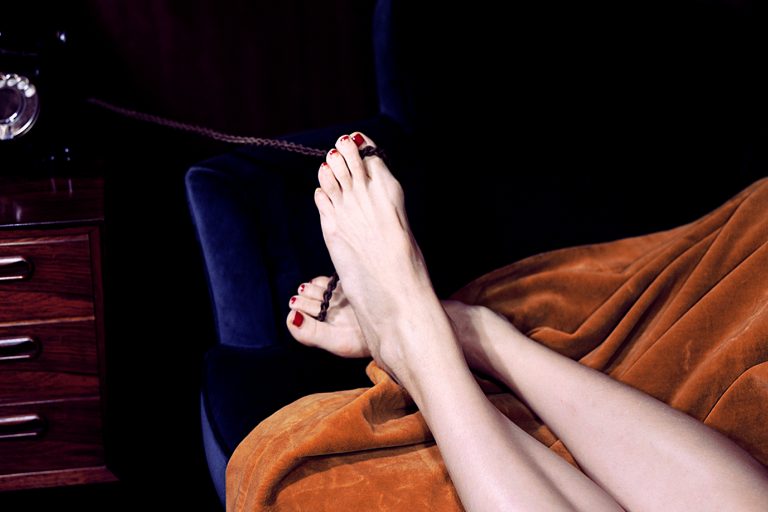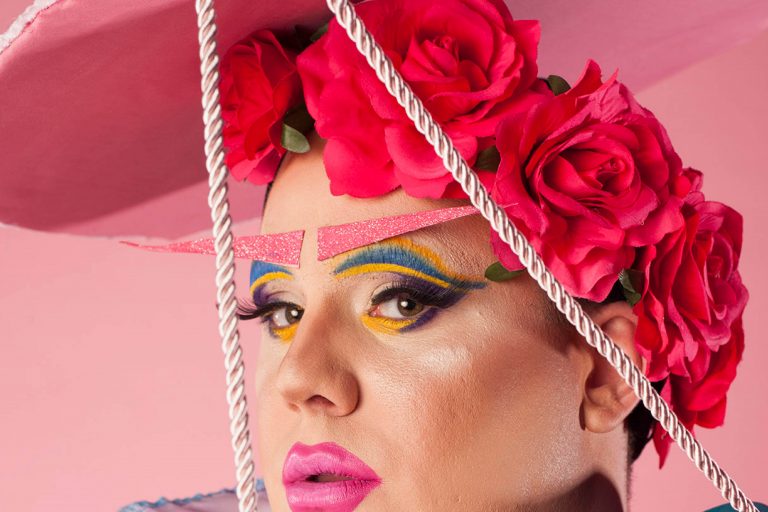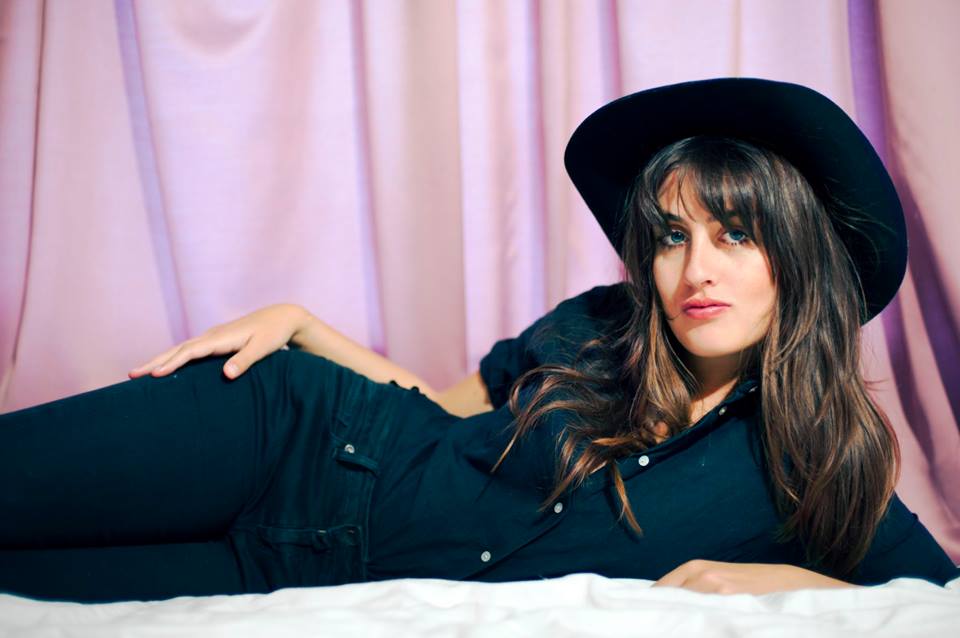
Meet the team: Sanja Marusic
Two years after graduating, the Issue Three photographer's career is flying
When we’re selecting contributors for our print issues, we’re drawn to those just setting out on their careers. Amsterdam-based Dutch photographer Sanja Marušić has wasted little time in carving out a body of work and with it, a reputation, that practitioners far more established than her would be envious of.
Within two years of graduating from The Royal Academy of Art (KABK) in The Hague, she’s both represented by an agency, UNSPOKEN, and a gallery, Flatland. A diverse, yet coherent body of work speaks volumes for itself though. Unafraid to use artistic license in creating magical scenes, Sanja is a great example for aspiring fine art photographers. With that in mind, I caught up with her earlier in the week to find out a little more about her stellar rise thus far.
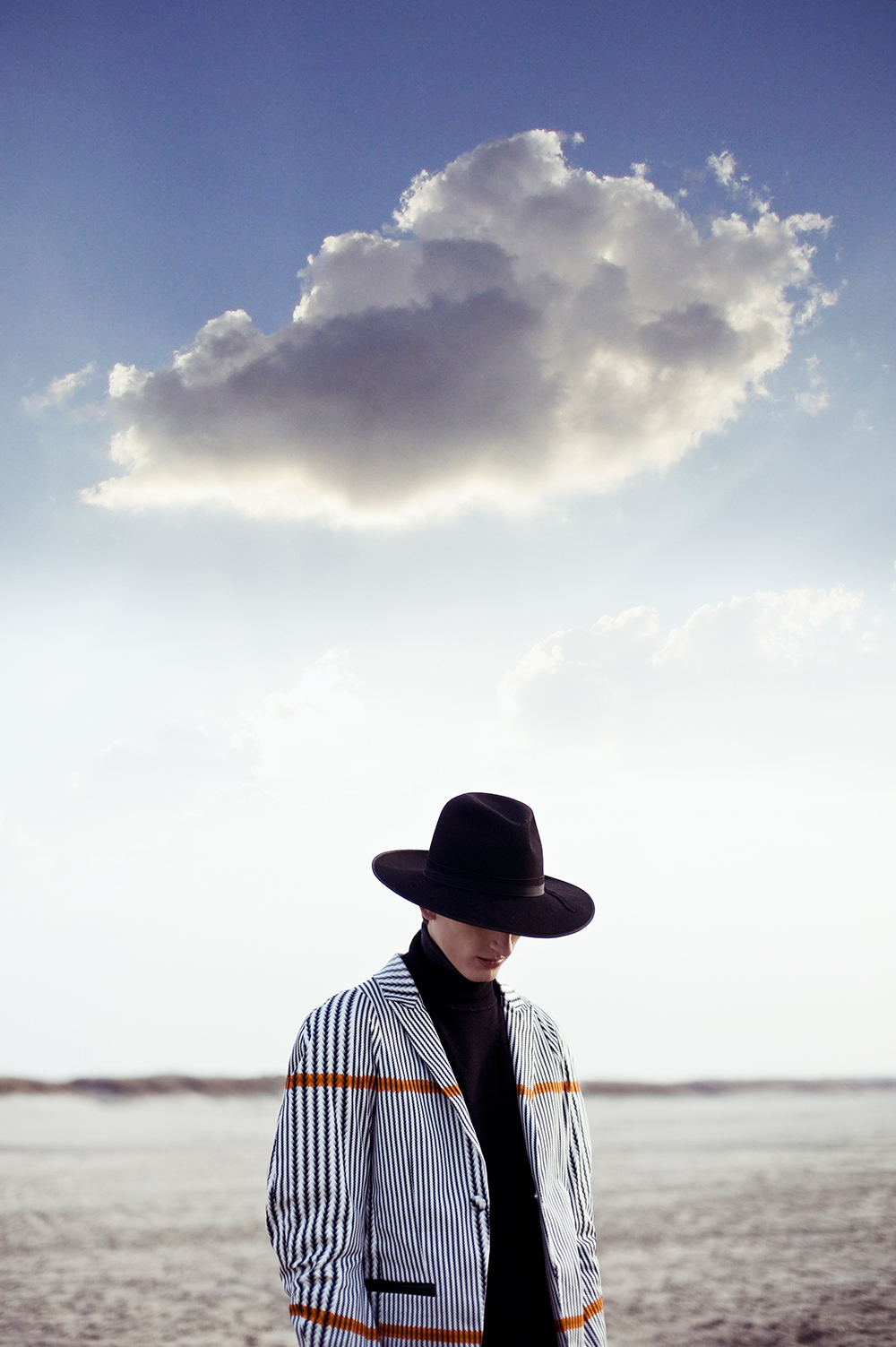
featured in Intern Issue Three
When did you you first get interested in photography?
When I was 15 my parents bought me a camera for my birthday. At that time I was experimenting with self portraits, nature and photographed my family and classmates. I started uploading my pictures on Flickr and Girl Forums and it was nice to get feedback, so I kept trying to develop it further. I think I made a standard start, in that it was a path a lot of portrait photographers take. When I first started out, I was making a lot of self portraits and that’s something returning to my work a lot recently. My series ‘Moonscape Island’ (2015) is full of them as is my graduating project, ‘Place To Be’ (2013).

Self portrait from Place To Be
Has it always been the career you saw yourself having?
Pretty quickly yes. I was just a month past my eighteenth birthday when I went to the art academy to study photography. I liked the subject and had a feeling that was the only thing I was good at, maybe though that was because I only practiced photography at the time.
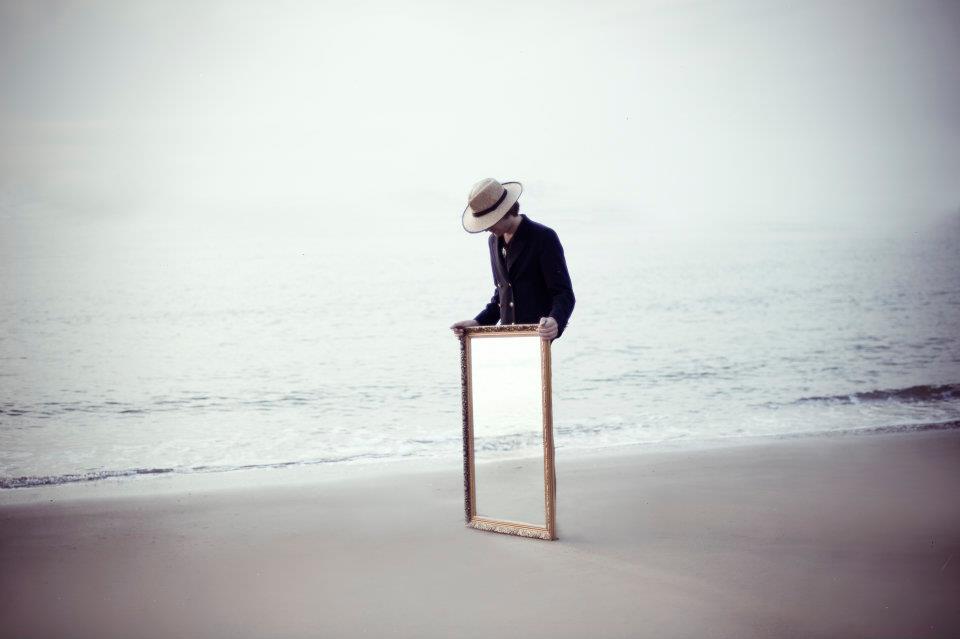
He Disappeared…
You graduated from KABK in 2013, winning an award for your final project. How much of an influence did your time there have on your direction now?
Thats a good question! I was really young when I started there. Maybe too young. I didn’t listen much, was always busy with projects outside of the school assignments and as such, learned almost everything myself. I had a few good teachers but a lot didn’t really get what photography is nowadays, maybe they were a bit old fashioned. But it was a good thing to only focus on photography for four years.
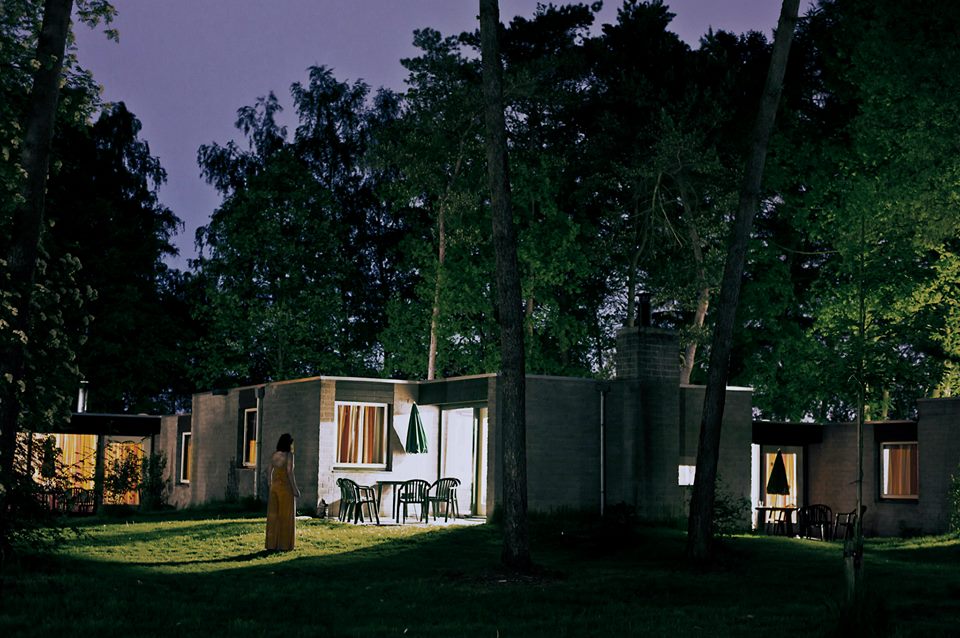
Place to be
There is a lot of surrealism in your work, is this something you’ve always been interested in?
The funny thing is, not really. I’m not a big surrealism fan, only when its really subtle. Of course I have some favourite surrealistic photos from other photographers, but it’s not my favourite movement in art. People often think my work is surrealistic, and I can understand why. I like something magic and mysterious in images.
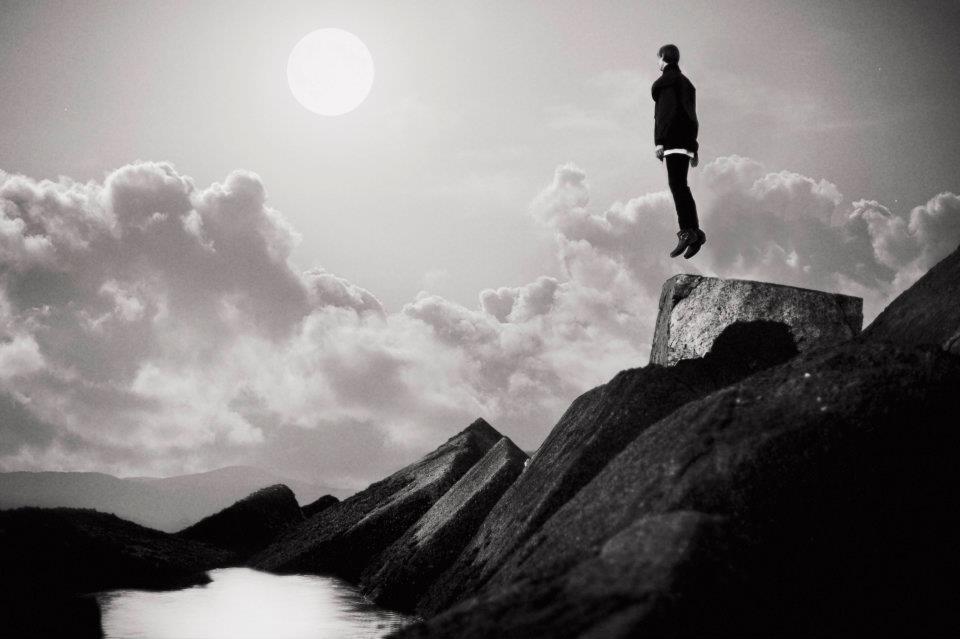
He Disappeared…
How important is location in your shoots? How do you go about scouting and selecting them?
Really important. I just went to a trip to Spain and discovered the desert, salt mountains and the Spanish coast. It really looked like Joshua Tree and the deserts I saw in California. What I search for in landscapes is wideness, it has to be somehow weird, isolated and I love when it has clear lines. I guess I look for it to be graphic somehow.

Moonscape Island
Post-production is a part of your process, are you always learning new techniques in that respect as well?
Yes I do. I just made a new series ‘Way to Blue’ where I digital manipulated analogue pictures. Normally I photograph everything digital, so that was something of a departure. This summer I made a series exactly the other way around by printing digital photos and editing them by hand.
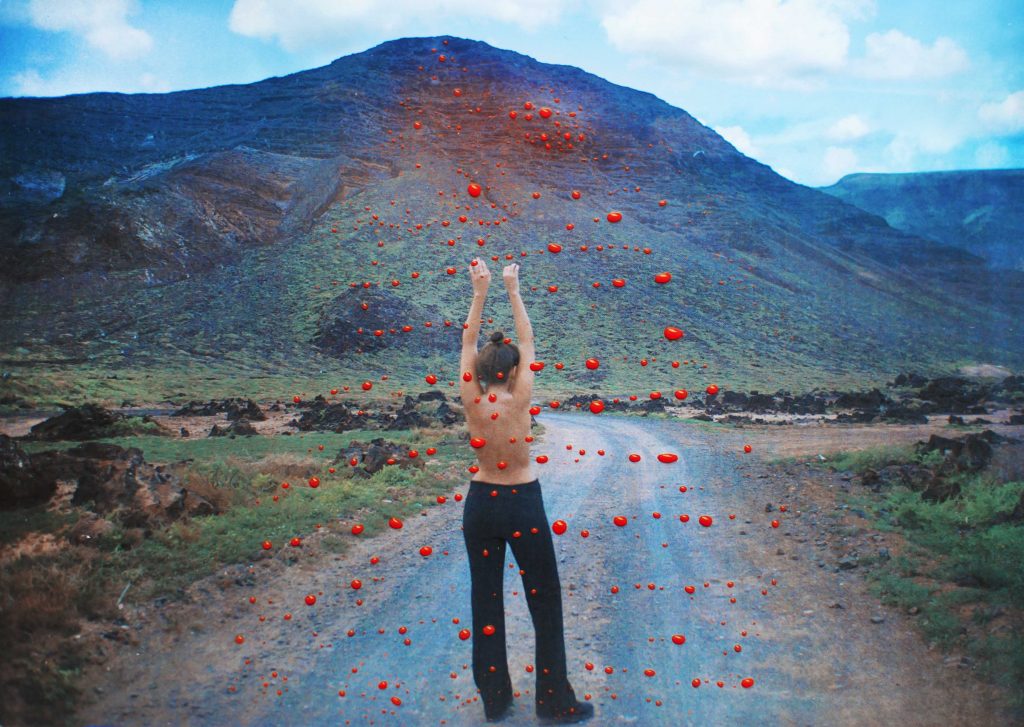
Red Dots
You’re represented by an agency and a gallery, how did each of those come around and how have they affected your career?
My agent helps me with my commercial assignments, and my gallery is for my personal work. Sometimes they take me to the art fairs.
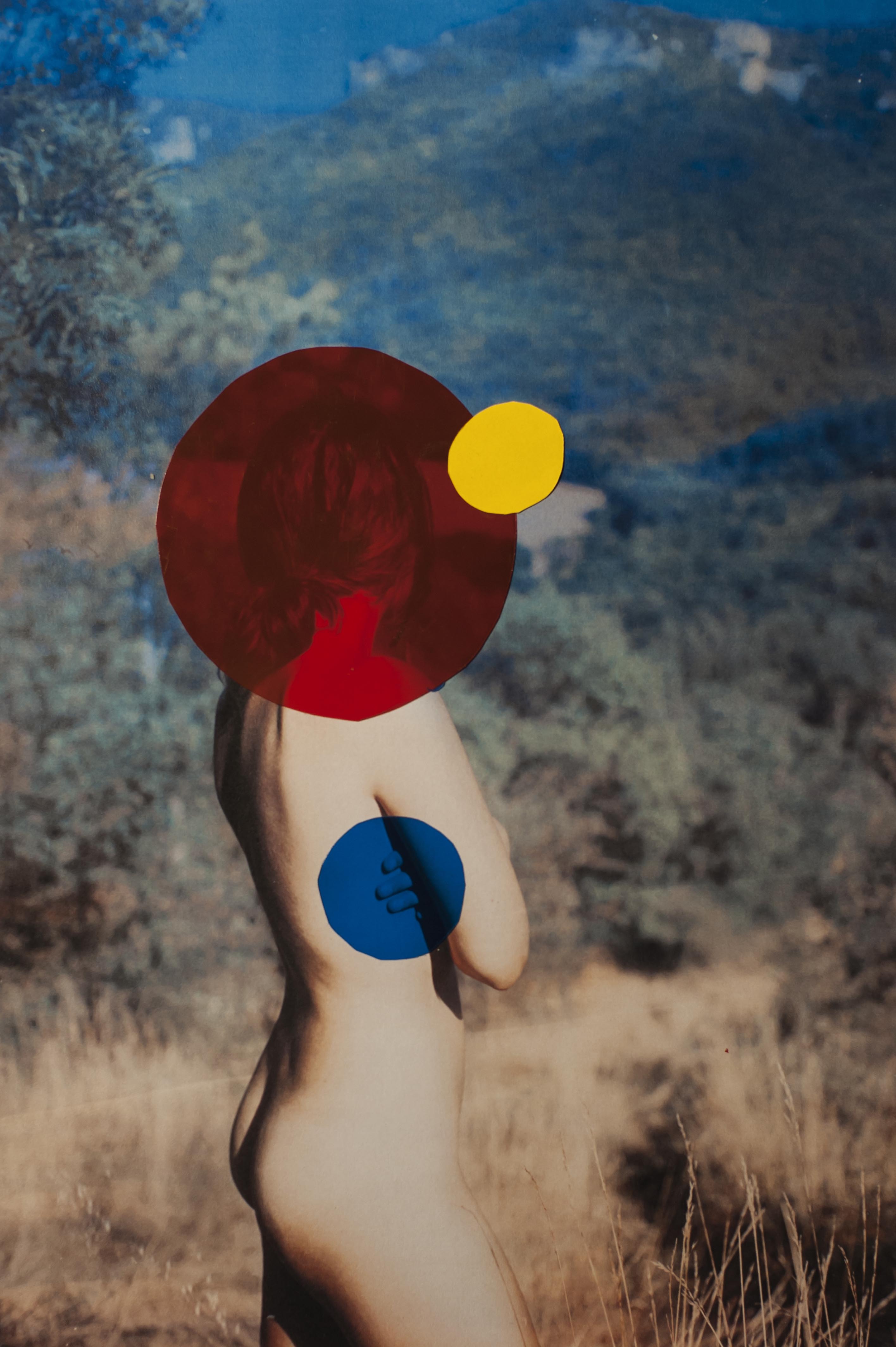
Red Dots
Would you see yourself as a fine art photographer? If so, how does that effect your openness to editorial and other commissions?
For a long time I thought I was not a fine art photographer, maybe because my work wasn’t good enough for that in my eyes. But I have a gallery and I am exhibiting my work, so I must be now.
A lot of times an commission comes out of my personal work. Because they liked an location or an editing technique I used for example.

Pink Landscape
What would be your advice for young photographers who are trying to define their style and direction?
The best thing and the hardest thing is to be unique, while always developing your craft. I think you have to make a lot of images, photographing two or three times a week. You can try things out alone, just photograph yourself. I don’t think its good to be a modern, hyped photographer. Rather than making work you already see in the cool magazines and whats hot, spend your time working on what you feel inside.
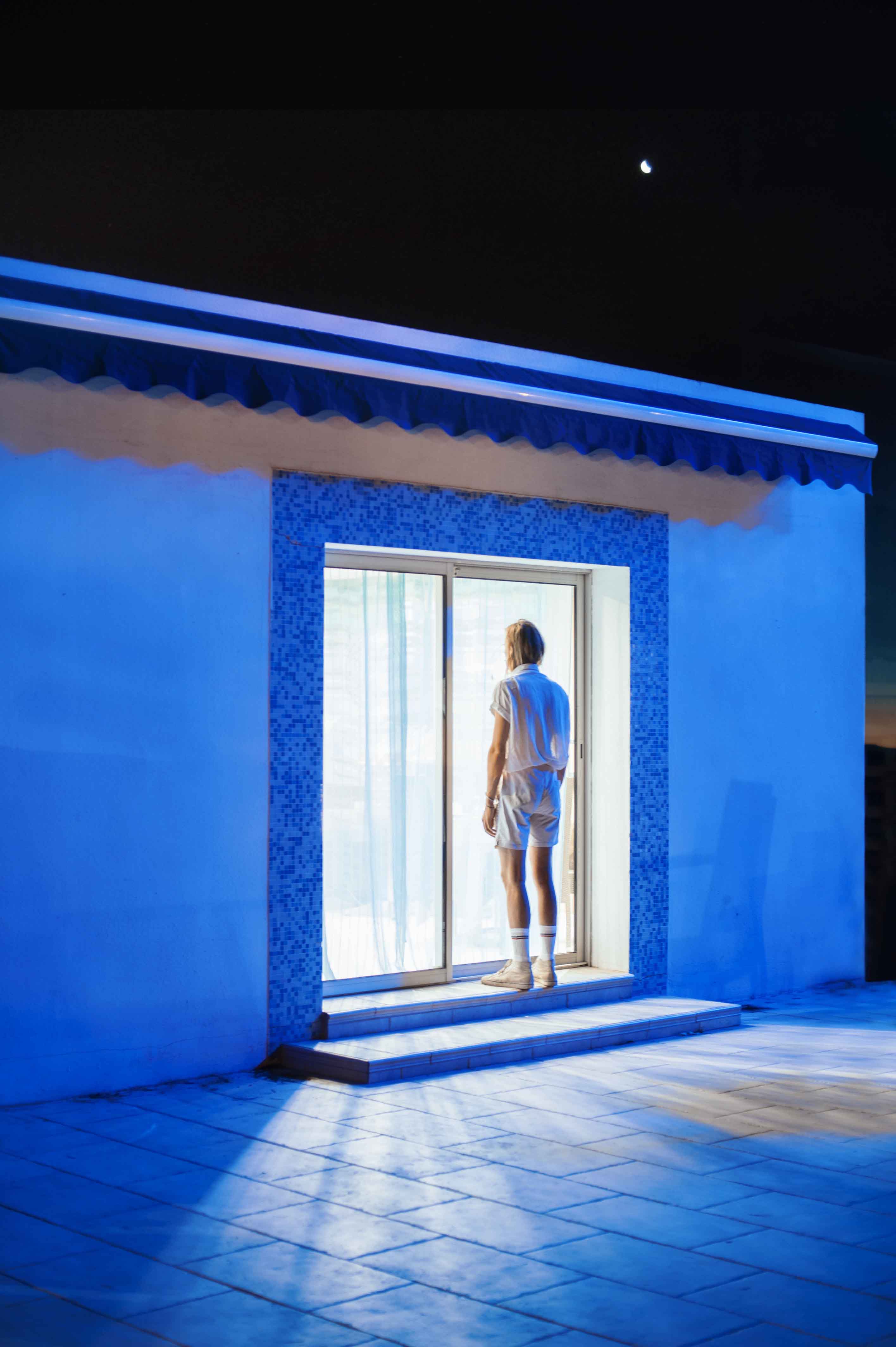
I Met Him By The Swimming Pool
Can you tell us anything about what you’re working on now that we can expect to see soon?
I just finished my ‘Way To Blue’ series, where I digital manipulated analogue images. It visualises a journey of individuals through alienating wide landscapes. While they travel the landscape transforms: from a dark and mystical place into a more and more surreal, colourful and abstract fantasy world. From grey to clear blue skies. For you, a preview.
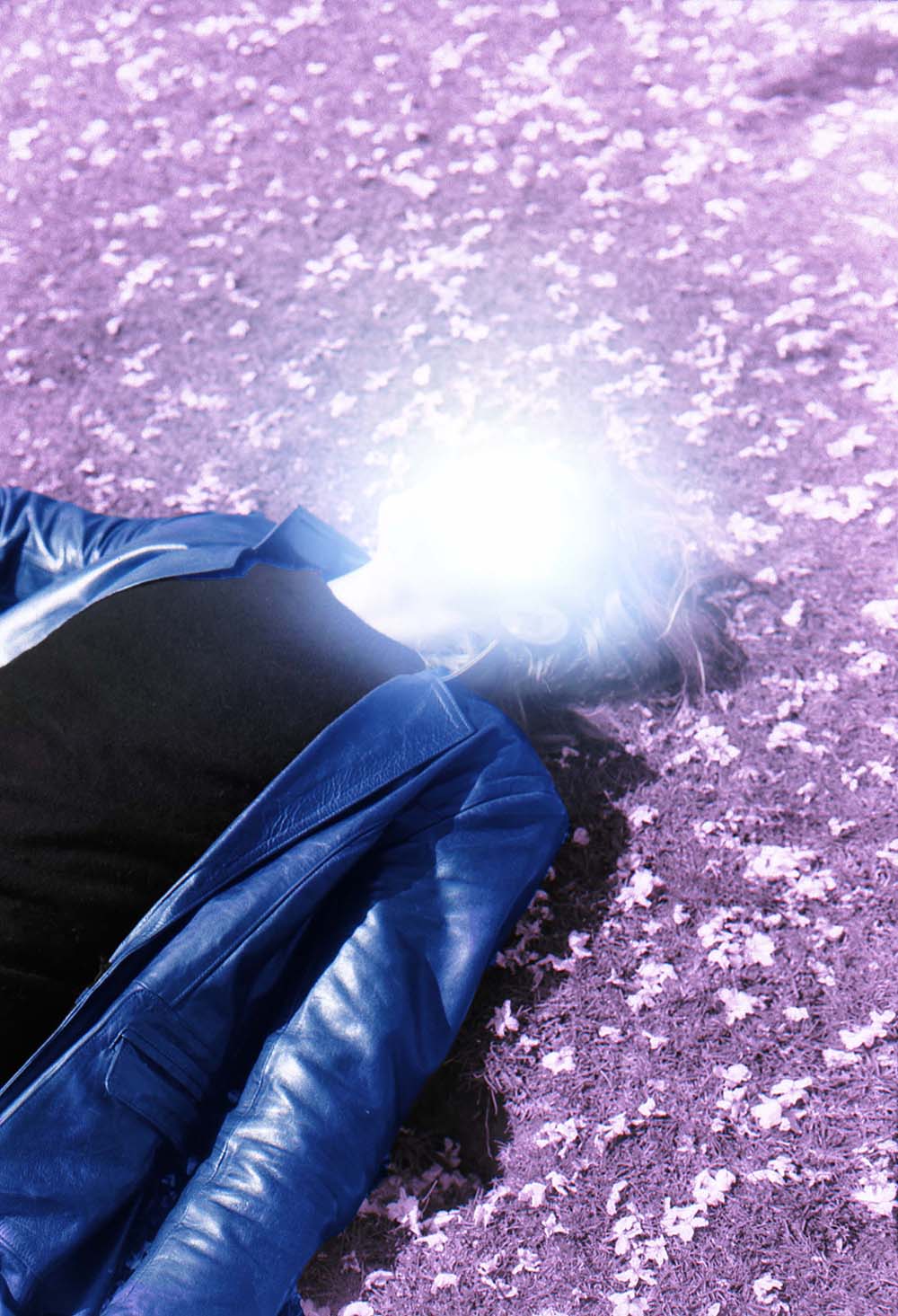
Way To Blue
Treat yourself to a thorough exploration of Sanja’s work via the link below.







